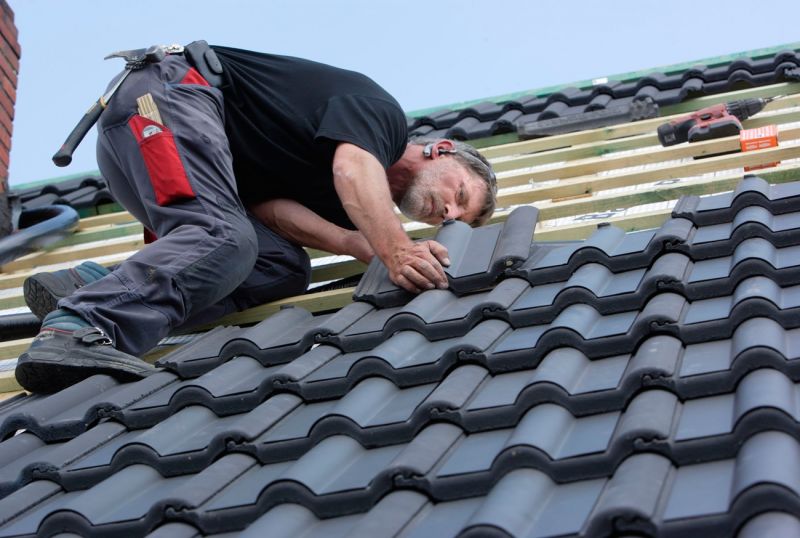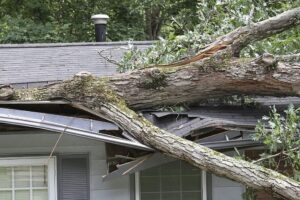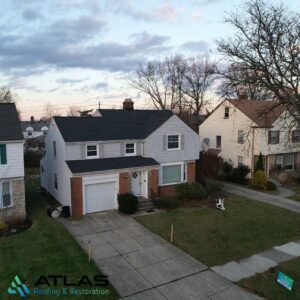When it comes to protecting your commercial property, the roof plays one of the most critical roles. Businesses in Cleveland, OH, face unique roofing challenges due to the region’s weather conditions—ranging from heavy snow and ice in winter to thunderstorms and high humidity in summer. As a result, issues with commercial roofing are not uncommon. If you’re searching for reliable commercial roofing Cleveland OH solutions, understanding these common problems—and how to resolve them—can save you thousands in repairs, extend your roof’s life, and prevent unnecessary business disruptions.
1. Roof Leaks and Moisture Infiltration
The Problem:
One of the most prevalent issues commercial building owners face is roof leaks. These can occur due to poor installation, aging materials, flashing failure, or weather damage. Water intrusion can lead to mold growth, structural damage, and ruined inventory.
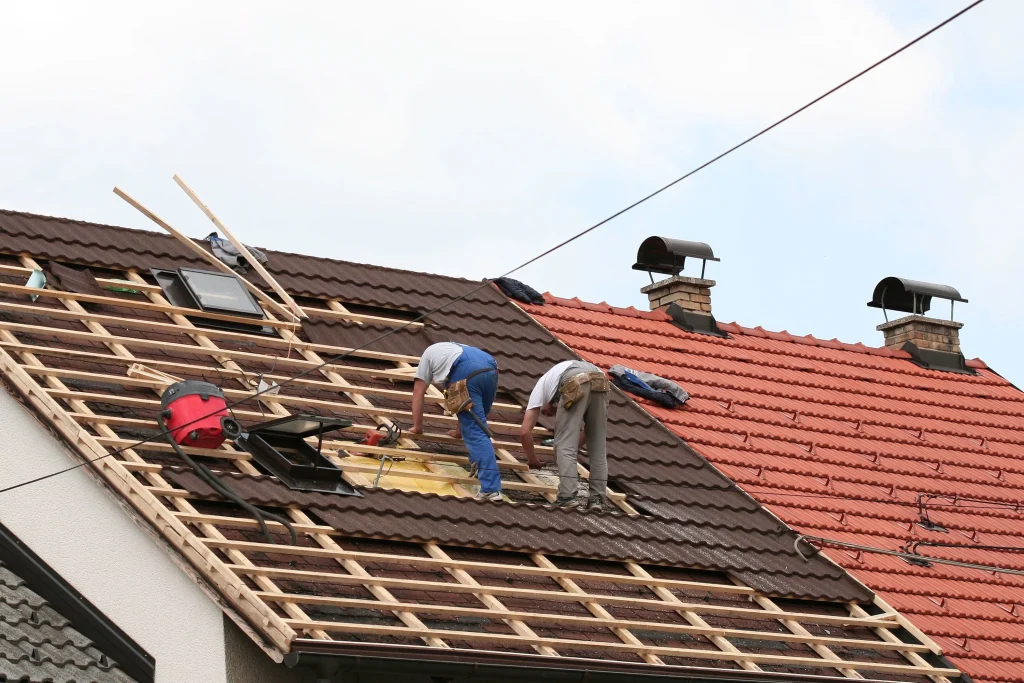
The Solution:
Regular inspections are essential to identify vulnerable areas. If leaks are found, a roofing contractor can apply waterproof membranes, replace damaged flashing, or conduct spot repairs. Installing proper drainage systems such as scuppers and internal drains can also prevent water accumulation that leads to leaks.
2. Blow-Offs and Wind Damage
The Problem:
Cleveland is no stranger to high winds, especially in the transitional seasons. Commercial roofs, particularly flat ones, are susceptible to wind uplift, which can cause seams to lift, flashings to detach, or even entire sections of the roofing membrane to blow off.
The Solution:
To combat wind damage, roofs must be properly fastened and sealed using high-wind-rated materials. During re-roofing or repairs, a professional commercial roofing company will ensure the use of wind-resistant techniques and materials. For buildings in high-risk areas, edge metal systems and mechanical fasteners provide extra protection.
3. Ponding Water
The Problem:
Flat commercial roofs often suffer from standing water or “ponding,” especially after heavy rainfall or snowmelt. Ponding water deteriorates roofing materials and increases the risk of leaks and structural load damage.
The Solution:
The best way to prevent ponding water is to ensure proper drainage. This includes cleaning gutters, installing tapered insulation to direct water flow, or retrofitting roof slopes. A professional inspection will identify drainage issues early and offer solutions like installing new scuppers or re-pitching sections of the roof.
4. Punctures and Tears in Roofing Membrane
The Problem:
Commercial roofs frequently host HVAC units, pipes, and other equipment. Foot traffic from maintenance crews can easily cause punctures, tears, or abrasions on the membrane, compromising its waterproof capabilities.
The Solution:
To prevent damage, walk pads should be installed to provide protected pathways for foot traffic. Additionally, routine inspections can catch punctures early, allowing patch repairs to be performed before leaks develop. Using a reinforced membrane can also increase the roof’s resilience to physical damage.
5. Shrinkage and Cracking
The Problem:
As commercial roofs age, especially those made of EPDM (rubber), they are prone to shrinkage. This shrinkage can lead to cracks in the membrane or pulling away from walls and penetrations, creating vulnerability to water infiltration.
The Solution:
Timely re-coating or overlay systems can help restore the membrane and reduce further shrinkage. If damage is extensive, re-roofing may be required. Building owners should schedule inspections during seasonal changes to monitor material behavior in fluctuating temperatures.
6. Flashing Failures
The Problem:
Flashing—used to seal areas around edges, vents, and equipment—is a common failure point. Poorly installed or aging flashing can crack or pull away, allowing water to seep beneath the membrane.
The Solution:
Flashing should be inspected at least twice a year, especially after heavy storms or freeze-thaw cycles. When problems are detected, flashing can be resealed, replaced, or reinforced with additional material. A roofing contractor will ensure that the flashing design complies with industry best practices.
7. Poor Installation or Workmanship
The Problem:
Even the highest quality roofing materials can fail prematurely due to poor installation. Improper seam sealing, incorrect insulation application, or lack of adherence to manufacturer specifications are common culprits.
The Solution:
Always hire a licensed and experienced commercial roofing contractor. Proper installation includes following strict industry standards, detailed inspections, and thorough testing. When installing a new roof or performing major repairs, ensure the contractor offers warranties that cover both labor and materials.
8. Lack of Preventive Maintenance
The Problem:
Many building owners neglect regular roof maintenance, assuming that as long as there are no visible issues, the roof is fine. Unfortunately, hidden problems can fester and become expensive repairs if not addressed early.
The Solution:
Implement a preventive maintenance program that includes semi-annual inspections, debris removal, gutter cleaning, and minor repairs. Maintenance documentation can also support warranty claims if a major issue occurs.
9. Thermal Expansion and Contraction
The Problem:
With Cleveland’s wide seasonal temperature swings, roofing materials expand and contract frequently. Over time, this movement stresses seams, flashing, and fasteners, potentially causing splitting or loosening.
The Solution:
Using flexible roofing materials like TPO or PVC and installing expansion joints can help accommodate this natural movement. A qualified roofer will consider thermal dynamics during design and installation to minimize long-term stress on the system.
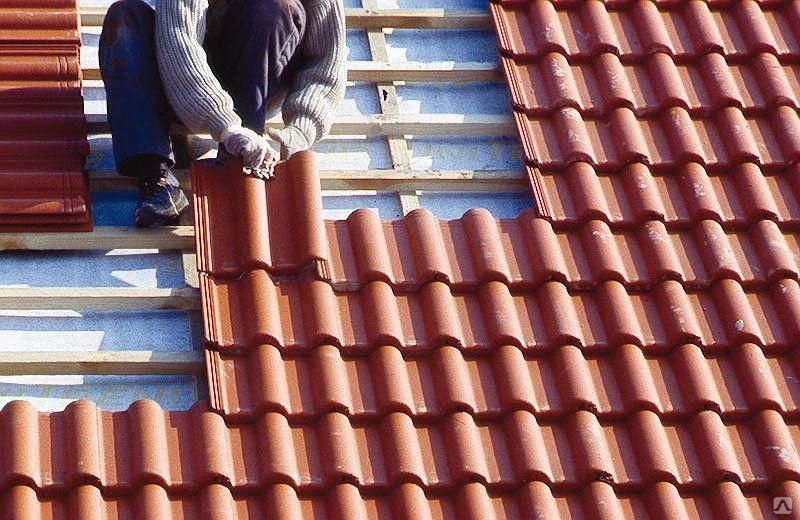
10. Vegetation and Debris Build-Up
The Problem:
Leaves, branches, moss, and other organic matter often collect on flat roofs. If not cleared, they can clog drains, trap moisture, and encourage plant growth, which damages roofing materials.
The Solution:
Scheduled roof cleaning—especially in the fall and spring—is essential. Installing screens over drains and trimming nearby trees will also minimize debris accumulation. In some cases, applying anti-root barriers is recommended to prevent unwanted growth.
How to Proactively Protect Your Commercial Roof
Being proactive is the key to avoiding most commercial roofing problems. Here are a few actionable tips:
- Schedule Routine Inspections: Twice a year (spring and fall), and after any major storm.
- Act Fast on Repairs: Don’t wait for problems to grow. Quick fixes are cheaper than full replacements.
- Work with Certified Contractors: Choose experienced professionals who specialize in commercial roofing Cleveland OH to ensure the job is done right.
- Maintain Documentation: Keep records of all inspections, repairs, warranties, and maintenance tasks.
Final Thoughts
Cleveland’s commercial buildings face a unique set of roofing challenges due to its weather and industrial infrastructure. By understanding the most common issues—from leaks and ponding to flashing failure and membrane damage—you’re better prepared to take action before problems escalate.
Whether you’re dealing with an aging roof or preparing for a new installation, working with trusted experts ensures long-term protection for your investment. For dependable, high-quality commercial roofing services, trust Atlas Roofing & Restoration—your local experts serving Cleveland and surrounding areas. With a commitment to superior workmanship, preventive care, and tailored solutions, they’re the partner you need to keep your commercial roof in top shape.

